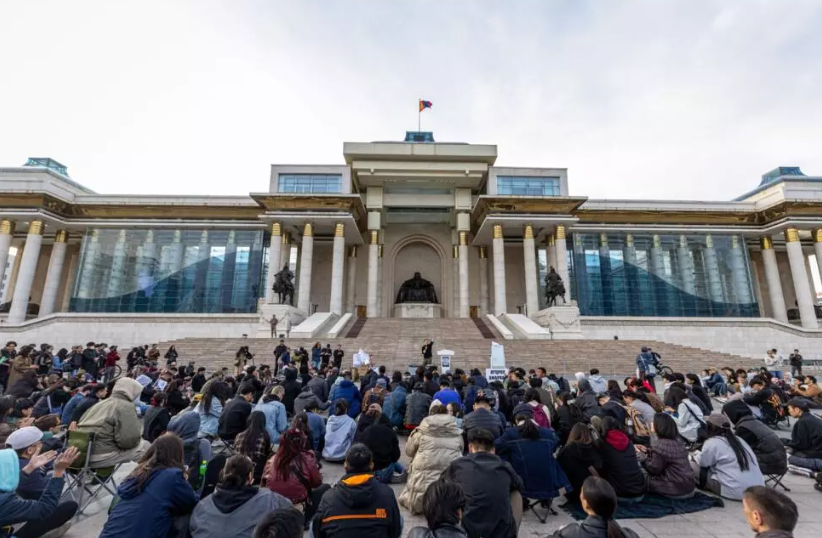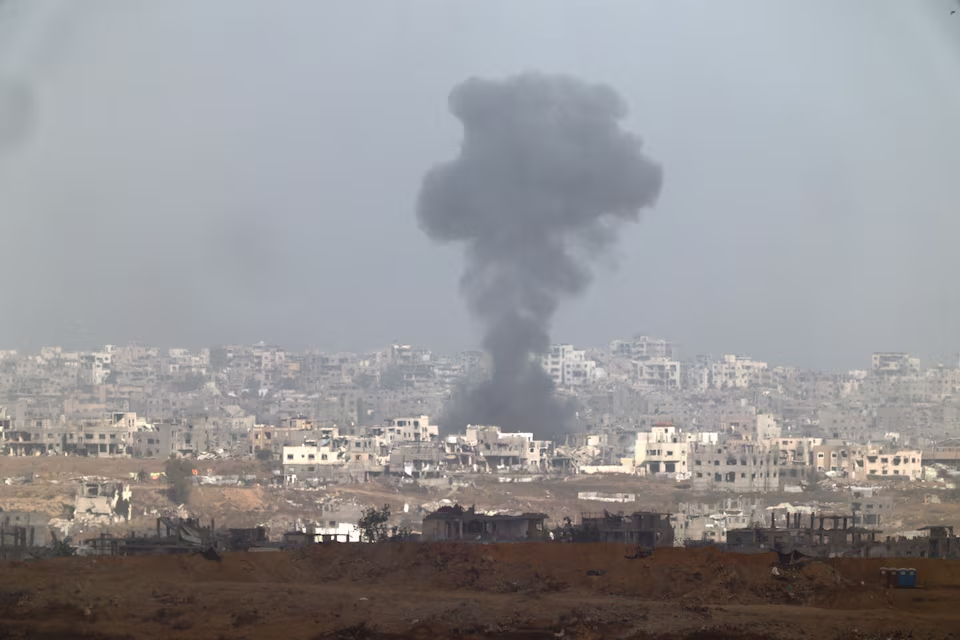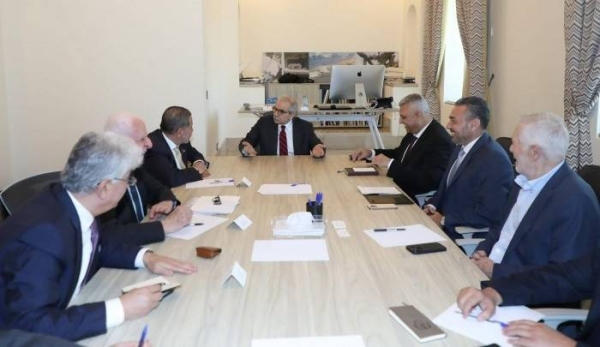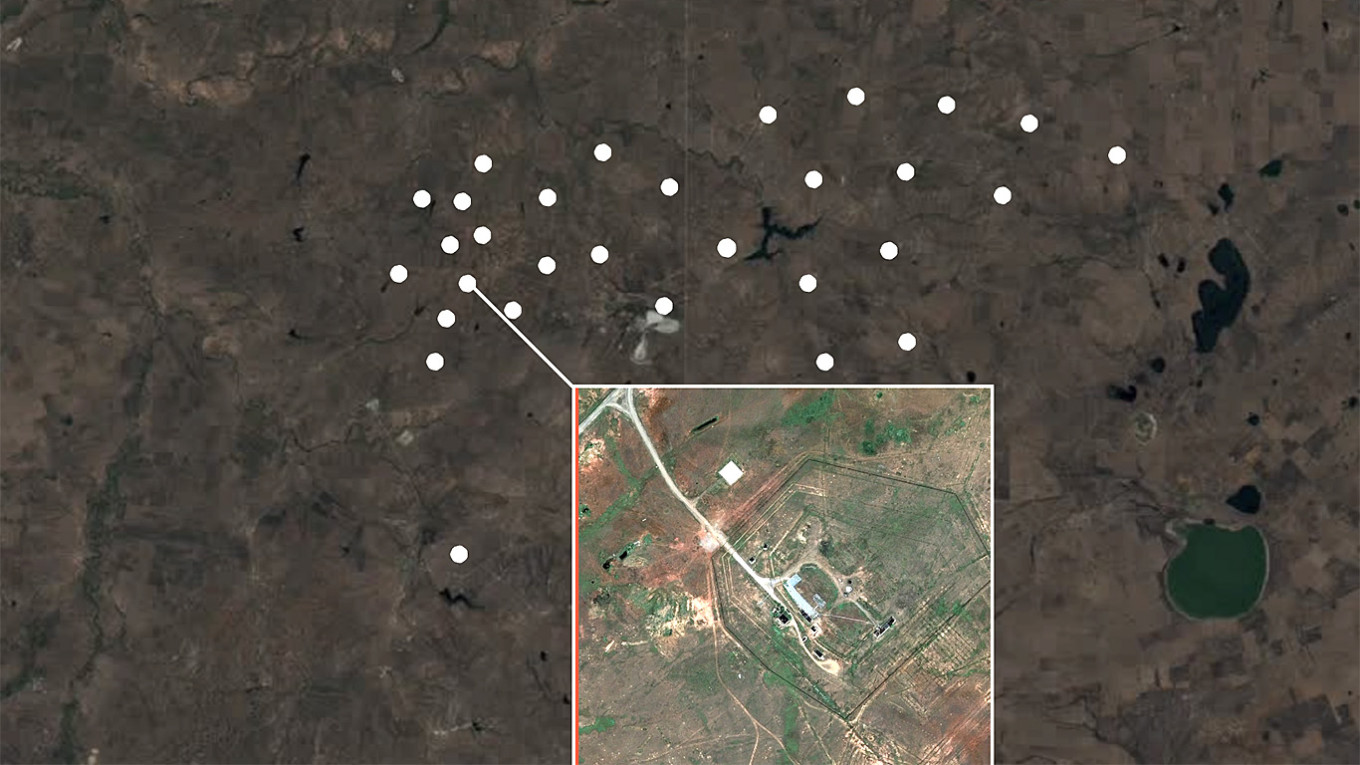Thousands of young Mongolians took to the streets of Ulaanbaatar on May 22, 2025, demanding the resignation of Prime Minister Luvsannamsrai Oyun-Erdene over allegations of deepening government corruption and economic mismanagement. The protests, largely driven by students and young professionals, have emerged as a growing political challenge for the ruling Mongolian People’s Party (MPP) ahead of critical parliamentary elections next month.
The demonstrations began as peaceful rallies but quickly gained momentum, with crowds swelling in Sukhbaatar Square, chanting for accountability, transparency, and leadership change.
“We’re tired of broken promises and stolen futures,” said one 23-year-old protester. “The government has failed to clean up corruption, and we are paying the price.”
Fueling Discontent: Economic Hardship and Scandal
Protesters accuse the government of mishandling Mongolia’s fragile economy, which has been battered by inflation, rising youth unemployment, and dependence on volatile mineral exports. Allegations of corruption involving state contracts and resource revenues have intensified public anger, particularly among younger citizens.
Recent leaks and whistleblower testimonies have pointed to irregularities in mining licenses, public procurement deals, and unexplained wealth among senior officials. The Prime Minister has denied wrongdoing but has offered no concrete plans for a full investigation or institutional reform.
“There is zero trust in the current leadership,” said Bolor-Erdene Batbaatar, a civic activist. “It’s not just about one person — it’s the whole system.”
🧑🎓 Youth-Led Movement Gains Traction
The protests have been largely youth-led, organized through social media platforms and informal student networks. Demonstrators are demanding the resignation of Oyun-Erdene, prosecution of corrupt officials, and reforms to judicial independence and public sector transparency.
This youth-driven mobilization marks one of the most significant public uprisings in Mongolia in recent years, drawing comparisons to the 2018 “Coal Scandal” protests and earlier waves of anti-elite sentiment.
Police have maintained a visible but restrained presence so far, though officials have warned that “unauthorized gatherings will not be tolerated indefinitely.”
🏛️ Government Response: Silence and Denial
So far, the Prime Minister has not issued a public response to the protests, and government spokespeople have dismissed the claims as “politically motivated attacks” timed to disrupt the upcoming elections. However, political analysts warn that ignoring the protests could backfire, further energizing opposition forces and alienating young voters.
“This is a moment of reckoning for the MPP,” said Erdene Munkhbayar, a political science professor at the National University of Mongolia. “If they lose the youth, they lose the future.”
🗳️ Election Backdrop and Political Stakes
The protests come just weeks before Mongolia’s June parliamentary elections, where the ruling party hopes to maintain its majority. The opposition has seized on the unrest, promising anti-corruption legislation and economic reform. While the MPP remains strong in rural areas, urban youth discontent poses a serious threat to its hold on power.
Observers from the Asian Network for Free Elections (ANFREL) have urged the government to respect the right to peaceful assembly and to engage with public grievances before the vote.
What to Watch
- Whether Prime Minister Oyun-Erdene will resign or reshuffle his cabinet
- Expansion of protests beyond Ulaanbaatar to provincial cities
- Impact on parliamentary election turnout and youth voter behavior
- Possible emergence of new political coalitions or independent candidates
- International responses from democracy watchdogs and human rights groups
As chants echo across Sukhbaatar Square, Mongolia’s political future hangs in the balance. With disillusioned youth demanding real change, the government faces a critical test — and perhaps a generational shift in the nation’s leadership.
Source; France 24



